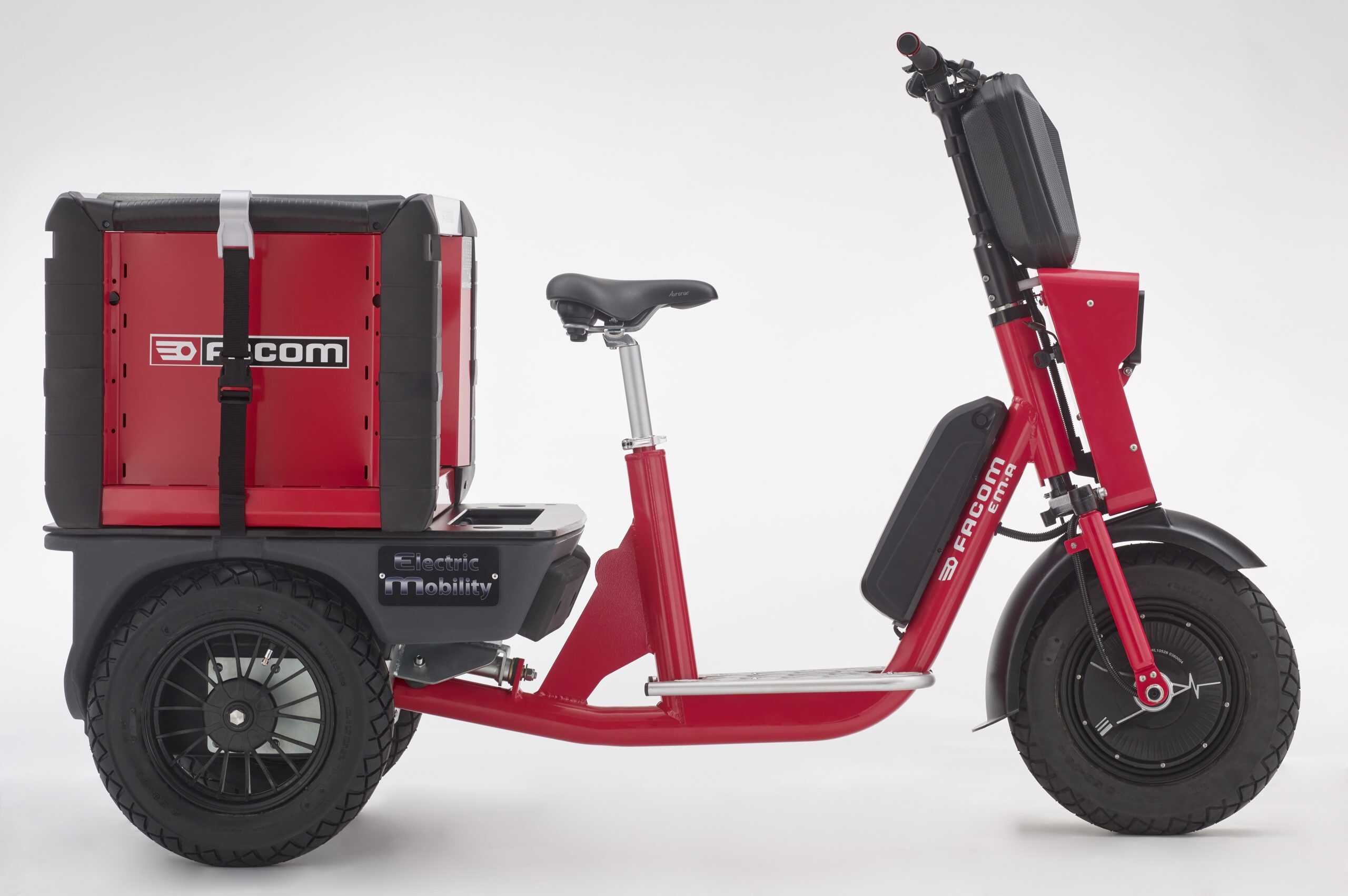The Future of Web Design in 2025
Web design continues to evolve at a rapid pace, driven by new technologies, user expectations, and design philosophies. In this article, we’ll explore the key trends shaping the future of web design in 2025 and beyond.
1. The Rise of No-Code Platforms
No-code and low-code platforms are empowering designers and business owners to build websites without traditional programming skills. Tools like Webflow, Framer, and Divi Builder are making high-quality web creation accessible to everyone.
Why No-Code Matters
No-code tools reduce development time, lower costs, and encourage experimentation — all while maintaining professional standards.
Popular No-Code Tools
- Webflow
- Framer
- Divi Builder
- Wix Studio
2. AI-Driven Personalization
Artificial intelligence is changing the way websites deliver personalized experiences. From content recommendations to adaptive layouts, AI helps tailor websites to individual users in real time.
Examples of AI in Web Design
- Dynamic landing pages that adjust content based on user behavior
- Chatbots that learn user preferences
- AI-generated copy and images
3. Accessibility and Inclusivity
Accessibility is no longer optional — it’s a core part of ethical and effective web design. Designers are prioritizing color contrast, keyboard navigation, and screen reader support.
Practical Accessibility Tips
- Use clear heading structures (H1–H6)
- Provide alt text for all images
- Ensure sufficient contrast between text and background
4. Immersive 3D and Interactive Experiences
3D elements, WebGL, and scroll-based animations are making websites more dynamic and engaging than ever before. However, designers must balance creativity with performance.
Conclusion
Web design in 2025 is about empowerment, intelligence, and inclusivity. Whether through AI personalization, accessibility improvements, or creative innovation, the web is becoming more human-centric than ever.

